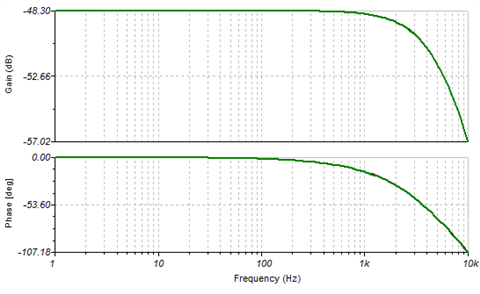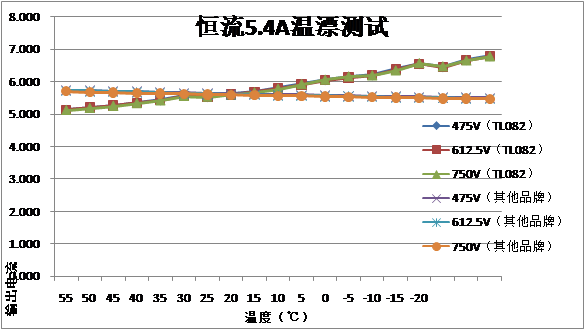Other Parts Discussed in Thread: TL082, , OPA2192, OPA192
Hi, my customer was using TL082 to do the output voltage and current sample of charging pile. It's LLC DC/DC converter with switching frequency ranging from 30k to 300k, the output voltage range is from 200V-750VDC and should be <0.5% error, the output current is 0-30A with <1% error.
TL082 can pass the test at room temperature, but due to the large drift, it can not pass the test at high or low temperature. So they choose OPA2172 and OPA2192 to do the test for it's low offset drift, but it cannot pass the test even at normal temperature. The test schematic is as below, they only replace the amplifier from TL082 to OPA2172 or OPA2192.
voltage sample circuit
current sample circuit
They will test the charging pile under constant current mode or constant voltage mode.
They tested with OPA2172 at constant 5A output current mode, they tested with output voltage at 750V, 700V, 650V till 200V with electronic load. It fails at 200V output voltage, and the output current will have ripple and will be about 4.5V to 5.5V.
They tested with OPA2192 at constant output voltage mode. With output voltage higher than 700V, they increase the output load till 30A and everything is good. When set the output voltage reference to 650V, they increase the output load to 5A and the voltage cannot be kept stable, it will decrease to 350V and then increase to 650V, and kept swing between 350V to 650V.
1. Do you have any good recommendation to replace TL082 in such a situation with offset drift less than 4uV/C?
2. For OPA2172, the datasheet emphasize that it's single supply, but it also says that the supply range is: +4.5 V to +36 V, ±2.25 V to ±18 V, why? Is it okay to use OPA2172 with the supply shown in the picture above?
3. Are there any bad point with the supply shown in the picture above, V+ 13V, V- -7V, since they are not opposite.
4. Any idea what would cause the system to be unstable with OPA2172 and OPA2192? The current and voltage are all DC component with switching frequency(30k to 300k) ripple.




